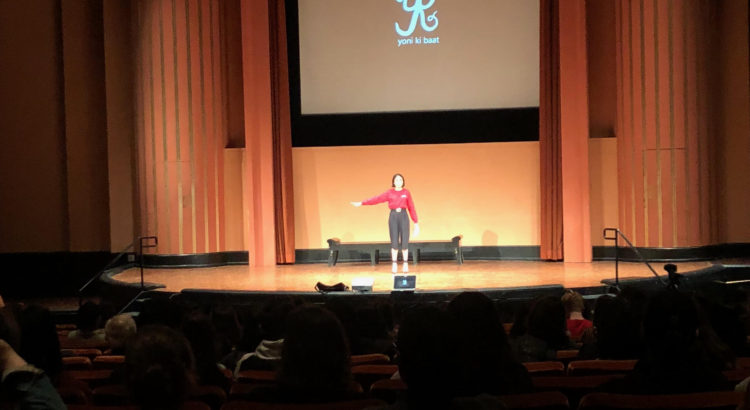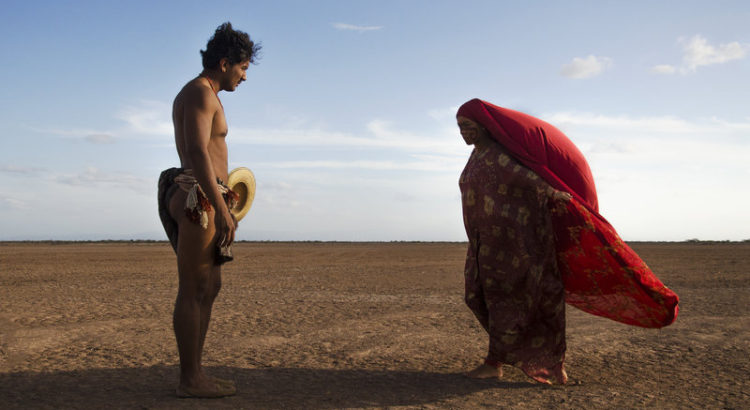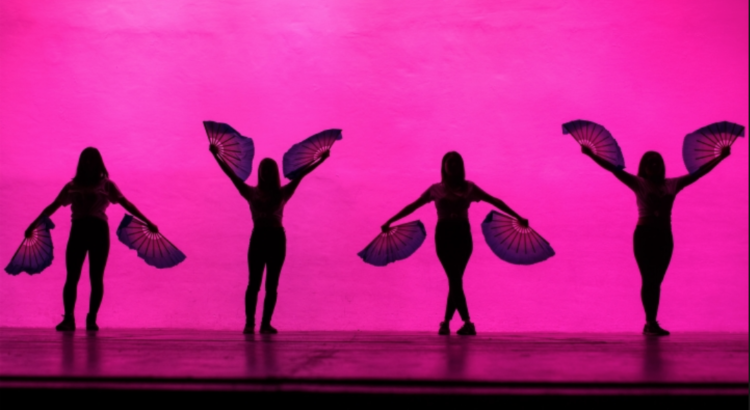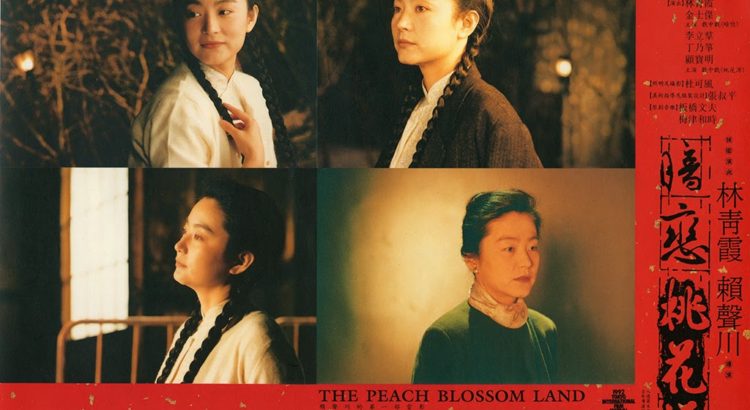It is unique to have a space centered around women of color and only women of color. It is a space to be vulnerable, powerful, and truthful.
Yoni Ki Baat– which loosely translates from Hindi as “Talks of the Vagina”– is a show that centers around these women, whose voices are often stifled.
Inspired by The Vagina Monologues, YKB started off for South Asian women. At the University of Michigan branch, the organization expanded to a larger array of diverse performers.
Before the monologues kicked off, there was an art gallery for audiences to observe. Artists were able to talk about their work and explain what inspired them, which added another layer to the gallery. The artwork was presented through a slideshow in Rackham auditorium, but I found it much more effective to view it in person and actually seen the work up close.
The monologues themselves ranged from deeply heart-wrenching to thought-provoking to humorous. The topics varied: stories about first love, war, objectification of women— all specifically tailored to how it affected their lives as well as perceptions of women of color. The performers of Yoni Ki Baat approached their stories with a nuance that is demanded of the space and the topic at hand.
In return, Yoni Ki Baat demands you to be empathetic, kind, thoughtful, comfortable, uncomfortable, and reflective. I was struck by the emotion that came from the performers and the hours of love and work that clearly went into the presentation. Yoni Ki Baat is a crucial organization that fulfill a vital role on this campus and you should absolutely head out to their next production!












